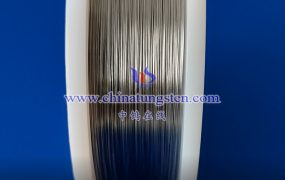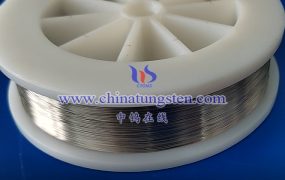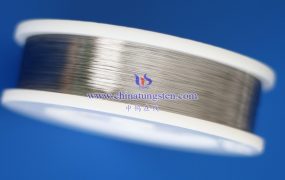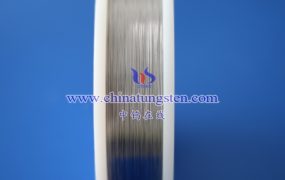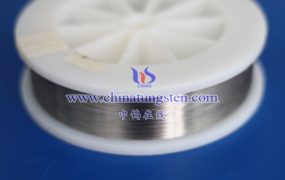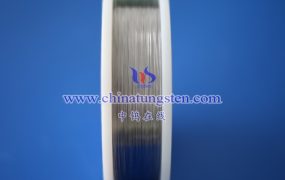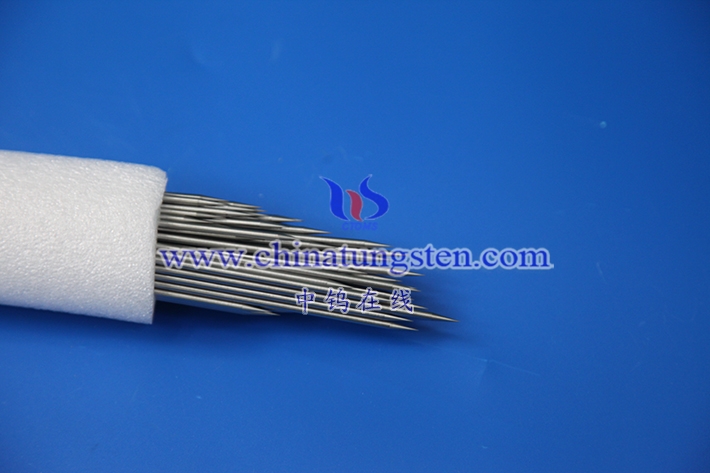
Tungsten needles can potentially be used for microscale chemical synthesis. Tungsten is a chemically stable and inert material that can withstand high temperatures and corrosive environments, making it suitable for many chemical reactions. Additionally, tungsten has a high melting point, which allows it to be used in high-temperature reactions. Tungsten needles can also be coated with various materials to enhance their chemical properties or to act as catalysts for specific reactions.
However, the use of tungsten needles for microscale chemical synthesis is limited by their size and the precision required for many reactions. Tungsten needles are typically larger than the reaction vessels used in microscale synthesis, which can limit their usefulness in certain applications. Additionally, precise control over reaction conditions and the ability to monitor reactions in real-time are critical for successful microscale chemical synthesis, and tungsten needles may not be the best option for achieving this level of control and monitoring. Other microscale tools, such as microfluidic devices or microelectrodes, may be better suited for microscale chemical synthesis.
